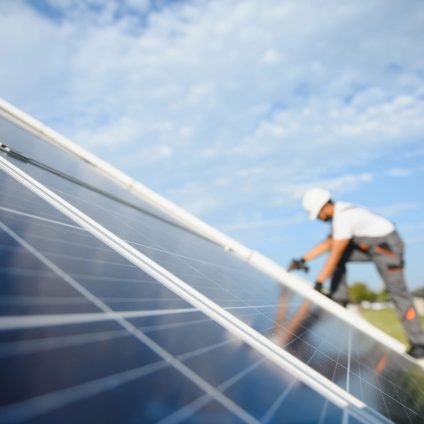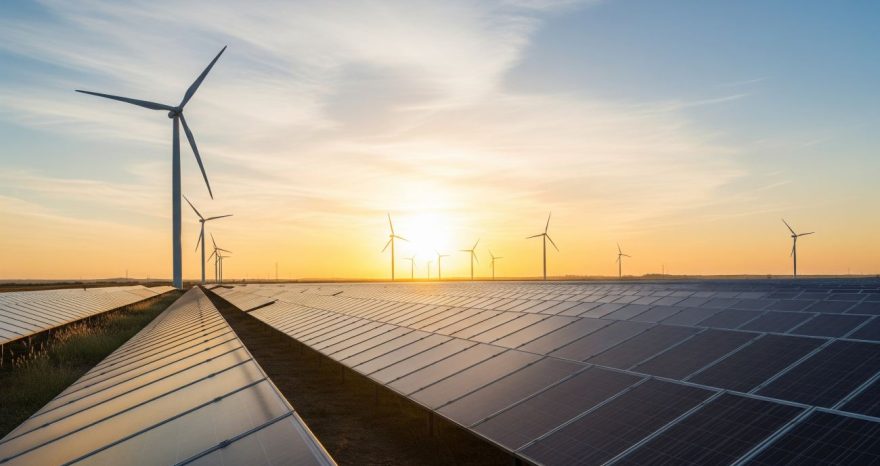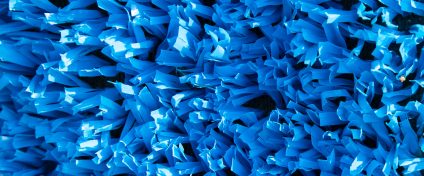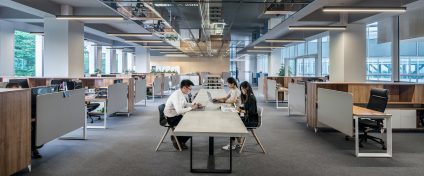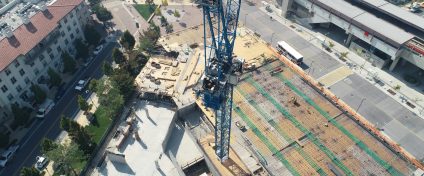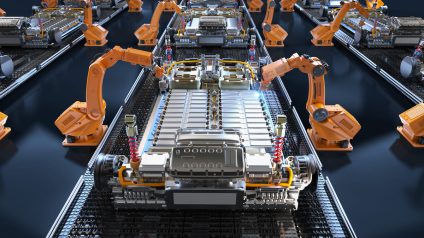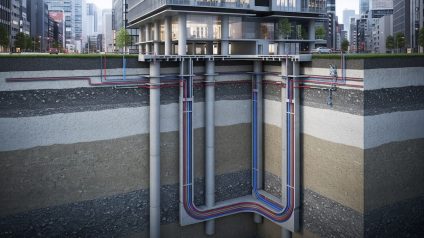UV degradation in TOPCon modules may be overstated, says Fraunhofer ISE, urging new testing standards to assess long-term performance
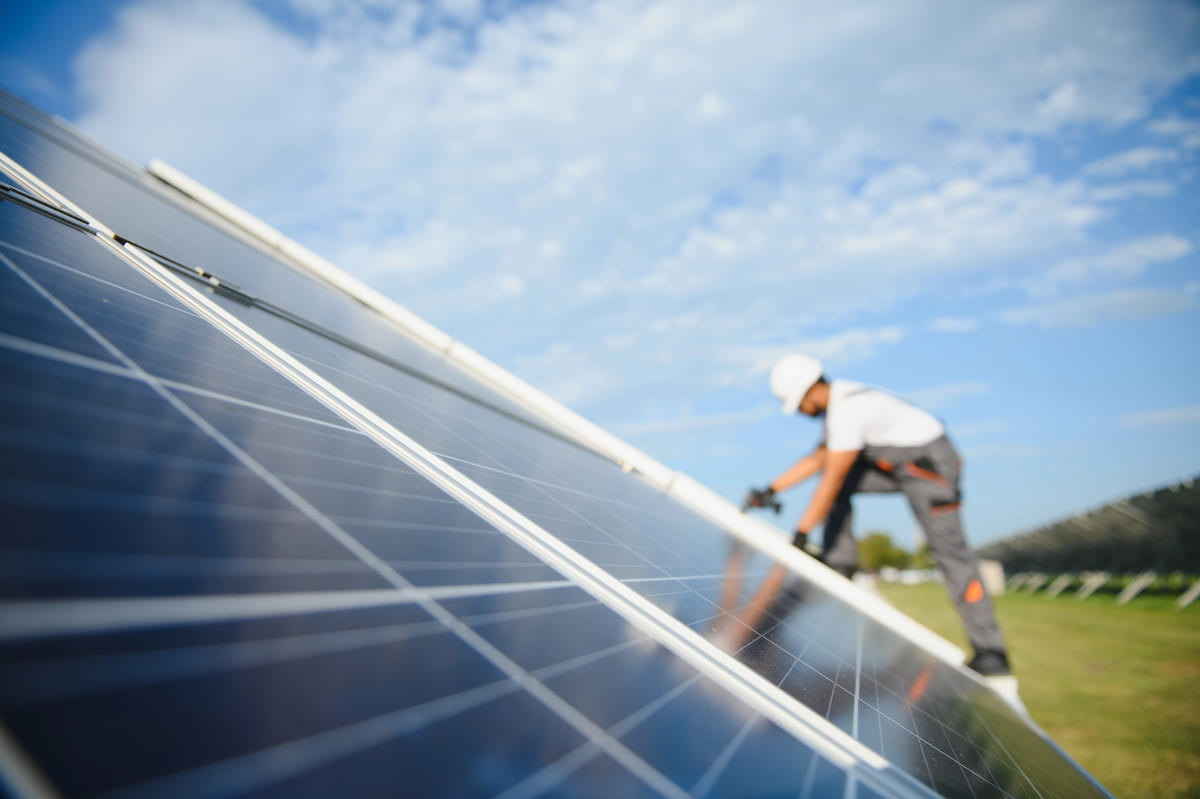
UV testing in TOPCon photovoltaics may overestimate real-world impact
TOPCon solar modules (Tunnel Oxide Passivated Contact) have surpassed PERC cells to become the dominant crystalline silicon photovoltaic technology. With market share expected to reach 80% in the near future, they are drawing increasing industrial investment. But with rising interest comes rising concern – especially over the potential weaknesses of TOPCon panels. Chief among them: UV-induced degradation.
Over the past few years, accelerated aging tests conducted in labs worldwide have shown significant power losses after exposure to ultraviolet radiation. For an emerging technology climbing fast in market adoption, this vulnerability is alarming.
However, new research from the Fraunhofer Institute for Solar Energy Systems (ISE) in Germany offers a reassuring update: standard lab tests may exaggerate the issue compared to how UV exposure affects TOPCon modules in real-world conditions.
To fully understand the implications, it helps to take a step back.
Understanding UV degradation in TOPCon solar modules
UV-induced degradation (UVID) is one of several failure mechanisms that can affect solar panel performance. As the name suggests, it refers to damage caused by high-energy photons, particularly around 365 nm. Photons with energies above 3.4 eV can disrupt the structure of a solar cell in various ways: breaking Si-H bonds, creating charge carrier traps, or generating “hot carriers” capable of penetrating surface passivation layers and introducing defects.
The degree of degradation depends on many variables beyond the cell’s design alone. That’s why accurate accelerated testing is critical for predicting how ultraviolet light impacts solar modules in the field.
So far, these tests have painted a troubling picture. A recent Fraunhofer study observed a new degradation pattern during indoor UV exposure: modules showed power losses up to 12% after 120 kWh/m², followed by partial recovery during a damp heat freeze cycle. This behavior could affect both outdoor performance and results from certification tests like IEC 61730-2, Sequence B.
Given the high stakes, the institute launched a new investigation to better gauge the practical relevance of UV testing for TOPCon modules.
New findings challenge previous assumptions on UV degradation
“Unfortunately, many commercial TOPCon photovoltaic modules are sensitive to UV radiation,” says Daniel Philipp, head of the Module Characterization and Reliability department at Fraunhofer ISE. “This is confirmed by both field-returned modules and comparisons between lab-aged and outdoor-aged modules. However, the degradation rate doesn’t appear as drastic as previously assumed.”
The research team found that common UV tests can significantly amplify the apparent degradation effect in TOPCon panels. Fortunately, a simple post-test stabilization process can moderate these results.

The study shows that under lab conditions, UV exposure can destabilize modules, causing efficiency losses even during the subsequent dark rest period. However, renewed exposure to natural sunlight triggers a significant recovery effect.
This stabilization process brings degradation measurements much closer to real-world values and helps clearly identify which modules are more or less sensitive to UV exposure.
In the trials, some TOPCon panels showed virtually no performance loss after UV tests at 60 kWh/m² (roughly equivalent to one year of UV exposure in Germany), followed by sunlight stabilization. Others still saw notable declines of up to 5% even after recovery.
“We recommend that users test photovoltaic modules based on these latest insights,” Philipp adds. “Researchers must further study this phenomenon to better predict the long-term impact of UV degradation on module yield.”


